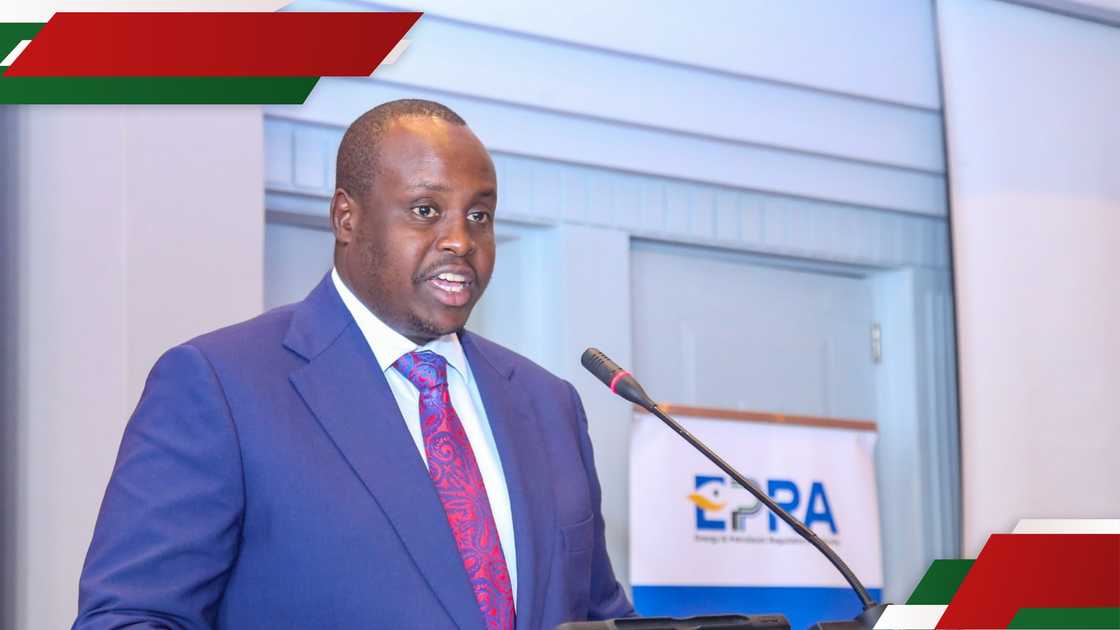EPRA Revises Oil Marketers’ Margins, Second Phase Set for July 2025
- The Energy and Petroleum Regulatory Authority (EPRA) increased margins for oil marketers and transporters after a study on cost service
- EPRA increased the margins for OMCs on petrol from KSh 12.39 to KSh 15.24, diesel from KSh 12.36 to KSh 15.16, and kerosene from KSh 12.36 to KSh 15.09
- At the same time, the state agency increased storage and distribution fees from KSh 4.03 to KSh 4.36 per litre
CHECK OUT: How to Start Earning with Copywriting in Just 7 Days – Even if You’re a Complete Beginner
Japhet Ruto, an editor at TUKO.co.ke, has over eight years of experience in finance, business, and technology, providing in-depth insights into economic trends in Kenya and worldwide.
The Energy and Petroleum Regulatory Authority (EPRA) will raise oil marketers' margins in July 2025 and July 2026, following the implementation of the first set of increases this month.

Source: Twitter
The margin increases were reviewed following the launch of a Cost-of-Service Study in the Supply of Petroleum Products (COSSOP), which is intended to benefit fuel transporters and oil marketers.
"It aims to enhance transparency in petroleum pricing by refining pricing models and updating value chain parameters," EPRA stated.
What are the new margins for Kenyan oil marketers?
During the March 15 to April 14 pricing cycle, the regulator increased the margins for oil marketing companies (OMCs) on petrol from KSh 12.39 to KSh 15.24, diesel from KSh 12.36 to KSh 15.16, and kerosene from KSh 12.36 to KSh 15.09.
At the same time, the state agency increased storage and distribution fees from KSh 4.03 to KSh 4.36 per litre.
Business Daily reported that the fuel charge was also increased from KSh 0.54 to KSh 0.86 per litre to compensate transporters delivering fuel to stations within 40 km of Nairobi.
"In the most recent pricing cycle, we adopted the first tranche of COSSOP. July 2025 will be the start of the second phase, while July 2026 will mark the end of the margins phase. We will work on the transporters' margins in two stages. In March 2025, we completed the first phase, and in July 2025, we will complete the last," EPRA's director of petroleum and gas Edward Kinyua revealed on Tuesday, March 25.

Source: Getty Images
What's the impact on fuel prices?
On March 15, EPRA made a full adjustment to retail investment and operating margins, resulting in oil marketers earning KSh 9.72 per litre of petrol, up from KSh 8.19.
However, after raising the subsidy on a litre of petrol from KSh 2.41 to KSh 6.92, on a litre of diesel from KSh 5.59 to KSh 9.9, and a litre of kerosene from KSh 8.74 to KSh 10.35, the authority kept the fuel prices that were in effect during the February-March 2025 pricing cycle.
This meant that more government funds would be used to compensate oil marketers to cover the increased margins, even though pump prices remained the same.
What are fuel prices in Kenya?
The energy regulator noted in a statement on Friday, March 13, that kerosene, diesel, and kerosene prices would remain unchanged.
This means the retail prices of petrol, diesel, and kerosene in Nairobi are KSh 176.58, KSh 167.06, and KSh 151.39, respectively.
According to EPRA, the average landing cost of imported super petrol increased by 1.34% between January and February 2025.
Proofreading by Asher Omondi, copy editor at TUKO.co.ke.
Source: TUKO.co.ke

